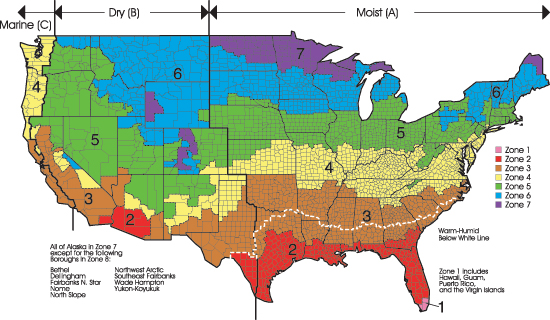
There are dozens of qualifiers we use to judge a window as “good” or “bad,” but at the end of the day, what’s most important is if you can tell its the “right” window for you.
For example, the Solar Heat Gain Coefficent (or SHGC) is a measure of the how much solar energy is transmitted via your window, on a scale from 0.0 – 1.0. The lower the number, the less solar heat the window transfers. Some things to note are…
1.) The actual Solar Heat Gain numbers are easier to read then you’d imagine. A .25 SHGC means that 25% of solar heat can travel through your windows. That said, the relative difference between an SHGC of .25 and .30 is that the .30 allows 20% more solar heat in! So, in practical terms, the difference between even a few numbers is quite dramatic. A .22 window might cost you 20% more than a .30, but it’ll block almost 50% more heat!
2.) Texas is composed of three different regions for energy, each with their own requirements. While we’re pleased to say our windows can function in all parts of the state and further, if you’re trying to get something installed in Houston, Texas, but bought from Norman, Oklahoma, you might want to ask a few extra questions.
3.) There are no required Solar Heat Gain numbers for the northern half the country because, frankly, it just doesn’t get warm enough to justify them. In fact, sometimes a high SHGC is preferred, since it means they’ll get more heat from the sun, making it a bit easier to heat in cold months.
4.) If one was so inclined, they could give you the SHGC for just the glass, and not the window. This could modify the numbers to look better, but leave you with a window that doesn’t qualify for any potential tax credits. An official NFRC rating is not only the standard by which tax credits are decided, but also must be the rating of the entire “window” and not just the “glass.”




